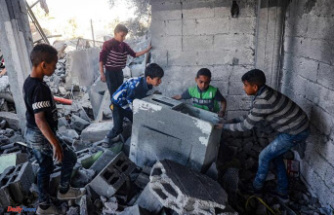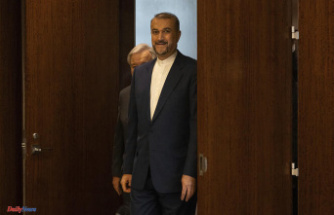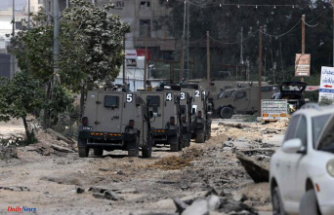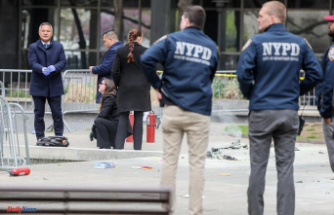Manuel Borja-Villel is about to specify the revolution that was proposed to do when he arrived in Madrid to lead the Reina Sofía Museum. It was December 2007. And he was clear and the effort: go around the museum "as a sock". He has done it. When he is in the last stretch of the road, he has been in front of the institution for almost 15 years, the highest agreed time -, the last impulse is the reordering of the permanent collection. And, specifically, and at the last years of creation. And for that, there was no space, more space, so the museum already has 22 new rooms that expand the total area of the center at 2,000 square meters on the ground floor of the Sabatini building.
The contest of this expansion won the study by Juan Pablo Rodríguez Frade and Aurora Herrera Gómez. The purpose is to improve the complex connection between the two buildings that complete the spatial project of Queen Sofia: Sabatini and Nouvel. With the recovery of this new space, the museum is already prepared to present the full journey of the new collection of the work of the last 12 years, when the thirty of the birth of the museum have just been fulfilled.
Throughout its still brief history there have been several partial rearrangements, sometimes limited to certain rooms or proposing new readings of authors or periods. After the reordering of 2010, now the proposal supposes a comprehensive rereading, which affects the full collection including the most recent art from 80 to today, including the change of century, terrorism, the outbreak of social movements, the threat of the digital blackout, the ecology and the immediate effects of the pandemic.
The architectural proposal of Rodríguez Frade and Herrera Gómez - He owes the last remodeling of the National Archaeological Museum - is simple and effective. Discrete and functional. It does not intend to highlight, simply be useful to the purpose of widening the museum. The rooms that are now presented recently received at the end of the 80,6 temporary exhibitions: References: An artistic encounter in time ', curated by Carmen Giménez in 1986, dedicated to Jasper Johns or Henri Matisse, in 1988. They also housed the masterpieces From the Washington Phillips collection, or the Beyeler collection. In 1990 it could be seen in these spacios tapies. Extensions of reality and in 1992 Carmen Laffón: Still life, figures and landscapes, in addition to the sample dedicated to Richard Serra.
Since then, in the Sabatini building there has been no other intervention of the dimensions of the current one. During the execution phase, the museum has worked at full capacity. The expansion project is an expression of an architecture without stress, reserved and built from the memory of its surroundings. A few spaces in line with the rest of the museum that are a synthesis of all over their past.
Date Of Update: 08 October 2021, 21:18











